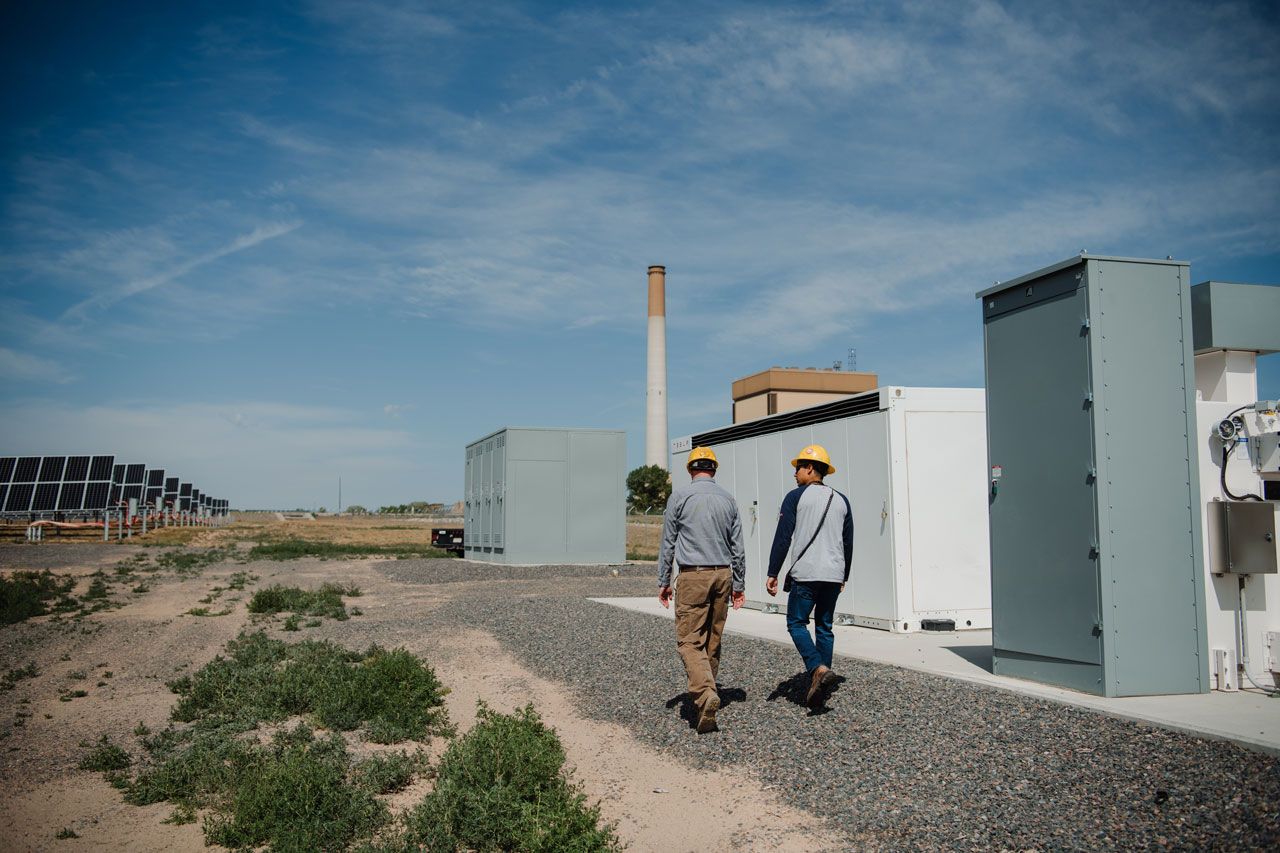Network Photonics plans to help light up high-speed fiber systems
Business Report Correspondent
BOULDER — What is commonly referred to as the electronic age soon will be obsolete. It will be replaced by the fiber-optic age, also known as the engineering of light.
Network Photonics of Boulder has developed a low-cost way to switch the light that travels in fibers and deliver the product to various telecommunication operations. Companies such as Qwest, Level 3 Communications and Global Crossing have spent the last several years wiring the country and the world with these long-distance, fiber-optic networks.
SPONSORED CONTENT
How dispatchable resources enable the clean energy transition
Platte River must prepare for the retirement of 431 megawatts (MW) of dispatchable, coal-fired generation by the end of the decade and address more frequent extreme weather events that can bring dark calms (periods when there is no sun or wind).
“Essentially, what they have done is built the interstate highway system, and now they have to build the on and off ramps,´ said Steve Georgis, president and chief executive officer of Network Photonics.
These on and off ramps usually occur in metropolitan areas. Georgis said the next stage is to build networks designed to get traffic onto long-distance networks called long-haul core networks. In the past, telecommunications networks were based on copper wire, which could transmit data only so fast. Today, they are being replaced by fiber-optic wires that are the size of a single strand of hair but have the power to transmit a million times more data than their copper forebears.
Fiber-optic signals travel as light, which can create problems because the light must be converted to electrical signals when it reaches metro areas. This conversion process is very slow. “The equipment used today is electronics, but electronics can’t keep up now or in the future,” Georgis said. “The next step is to replace the electronics with photonics — photonics being the manipulation of light.”
Georgis said photonics is to light what electronics is to electricity. Network Photonics is the process of building the equipment that makes metro networks possible.
“The Holy Grail in the industry right now is can we replace all of those electronic boxes with all optical or photonic boxes? Network Photonics’ claim to fame is that we’ve got a very low-cost way to do the switching and routing of the light signals all optically. We believe we have a factor-of-10 price advantage over the other telecommunication carriers. If they are charging $10 million, we will only charge $1 million,” Georgis said.
Network Photonics is producing a technology called CrossWave that allows it to build different types of systems and products that telecommunications companies need in their networks. The company currently has several dozen patents pending.
“Pay attention the next time you see traffic being diverted. They’re running fiber up and down the street. For every strand of fiber that gets laid, equipment has to be installed to make it work. That’s where the opportunity lies for us,” Georgis said.
Network Photonics has not gone public with information regarding how this process works and differs from other carriers. The company started a year and a half ago with three employees. Today, Network Photonics has 160 employees and is planning to add at least 100 more by year end. All optics work is being done at the Boulder headquarters, with additional work taking place at a location in Santa Rosa, Calif.
Network Photonics has secured more than $117 million in two stages of venture financing. The first obstacle was to convince investors that the world needed what the company wanted to build; the next was to prove that the company could put together a capable team to produce the technology and patent the result.
“Our lead investor is New Enterprise Associates (NEA), one of the top venture capital firms in the world. They had us meet with Arno Penzias, who won the Nobel Prize in physics for essentially discovering what turned out to be the big bang theory. We came out from the meeting, and Arno gave us the thumbs up,” Georgis said.
Network Photonics is in the product-development stage and expects to start collecting revenue in 2002. “What we are doing is just about to take off, and the market is huge,” Georgis said.
Analysts are predicting that the market for this technology will be in the multibillion-dollar range within a year, according to Georgis. “It is growing at approximately 100 percent each year. Our goal is to take this company public,” he said.
Business Report Correspondent
BOULDER — What is commonly referred to as the electronic age soon will be obsolete. It will be replaced by the fiber-optic age, also known as the engineering of light.
Network Photonics of Boulder has developed a low-cost way to switch the light that travels in fibers and deliver the product to various telecommunication operations. Companies such as Qwest, Level 3 Communications and Global Crossing have spent the last several years wiring the country and the world with these long-distance, fiber-optic networks.
“Essentially, what they have done is built the interstate highway system, and now they have to…
THIS ARTICLE IS FOR SUBSCRIBERS ONLY
Continue reading for less than $3 per week!
Get a month of award-winning local business news, trends and insights
Access award-winning content today!

